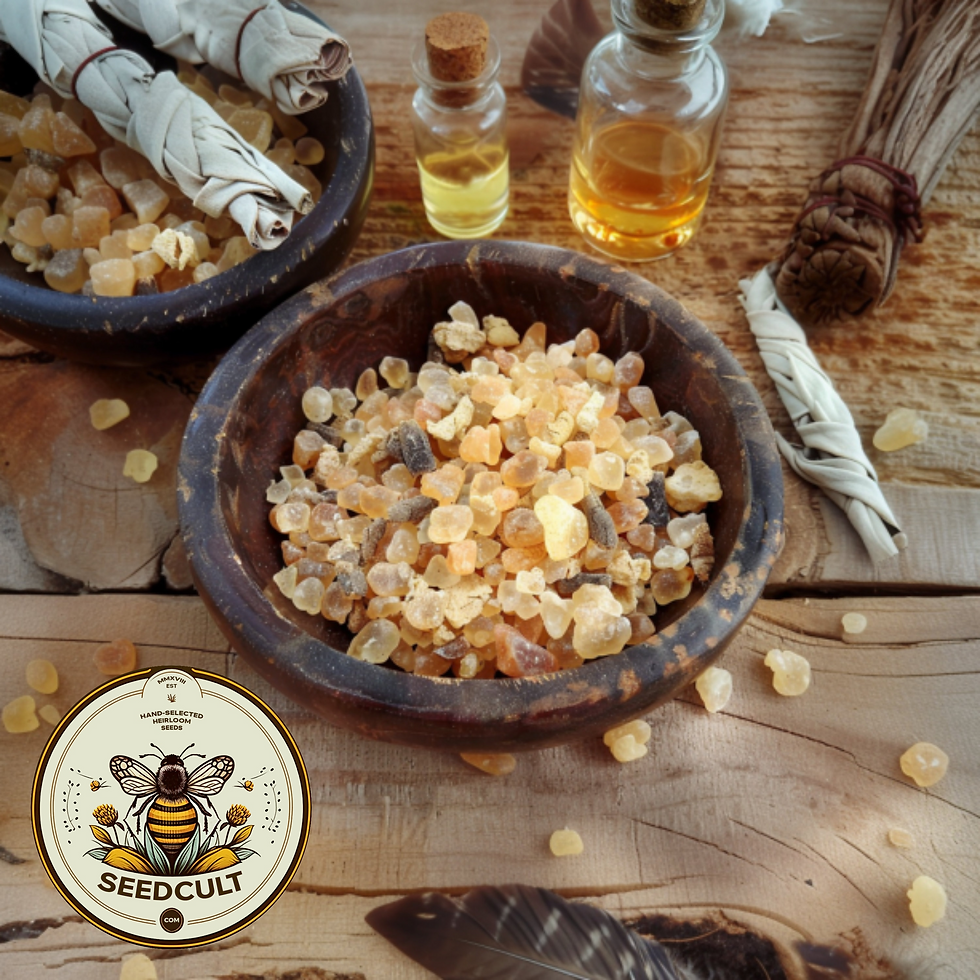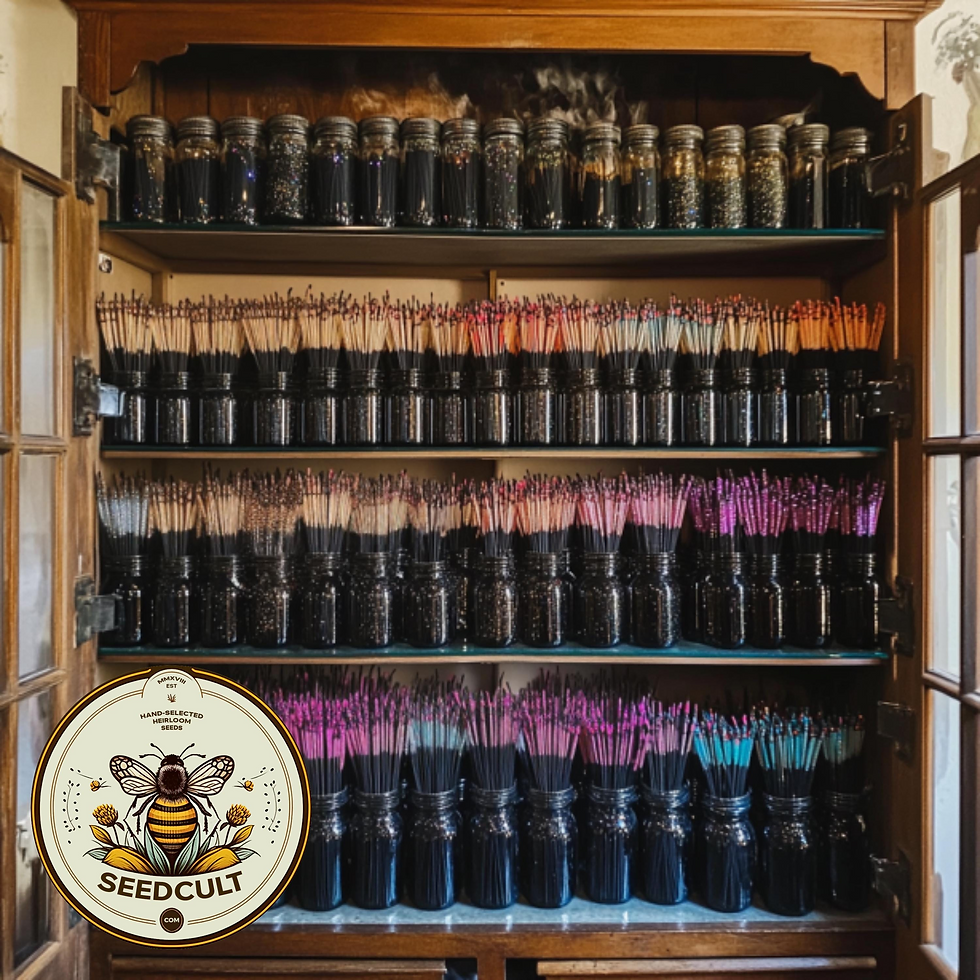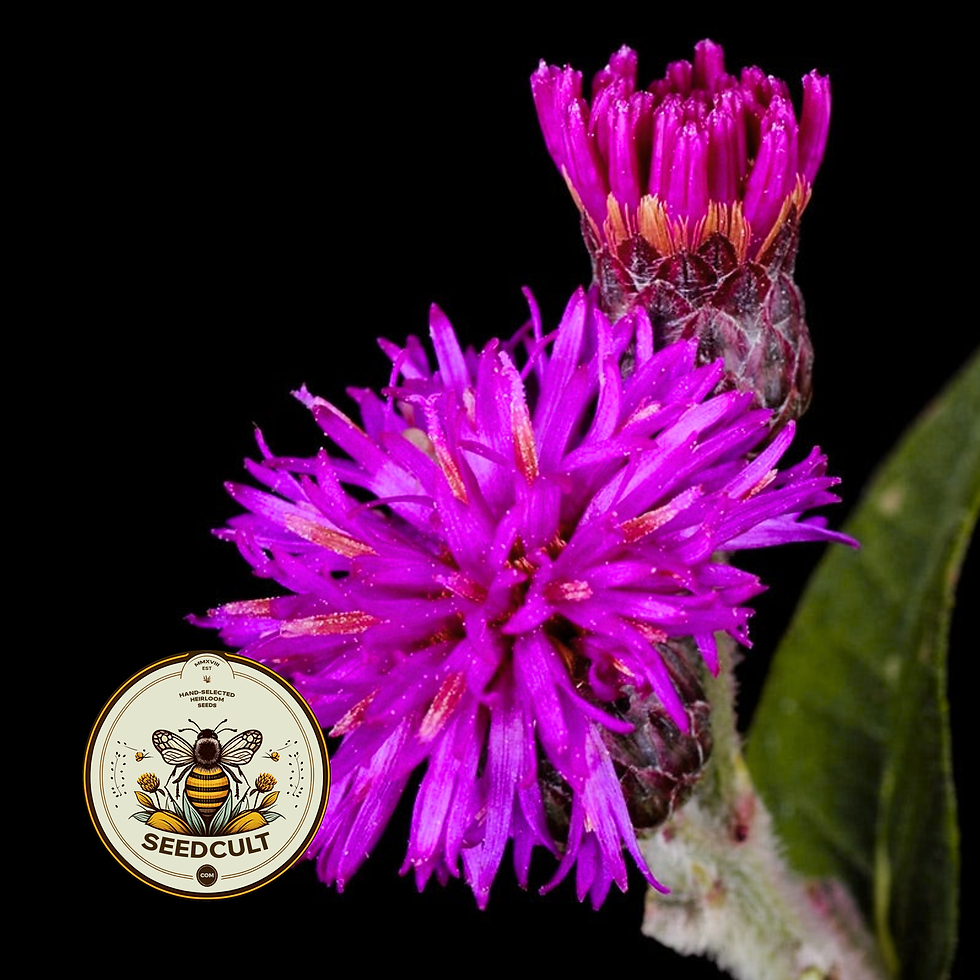A very interesting fact about artichokes is that they are part of the thistle family and are perennial vegetables, making them perfect for a food forest plant. The part that is eaten is actually the flower bud. If the bud is not harvested, it will bloom into a purple thistle like flower.
Artichokes have been cultivated since ancient times, with records of them being consumed in the Mediterranean dating back to at least the 5th century BC
They are a good source of fiber, vitamins C and K, folate, and various minerals like magnesium and potassium.
Purple Romagna Artichoke is an heirloom treasure from the Emilia-Romagna region of Italy, prized for its striking beauty and rich, nutty flavor. Each plant produces large, deeply colored purple artichokes with a tender heart and meaty leaves — a true gourmet variety that elevates any garden and kitchen alike.
Unlike standard green artichokes, Purple Romagna brings a dramatic flair to the garden with tall silvery-green foliage and vibrant violet buds that are as ornamental as they are edible. Harvest young for tender baby artichokes or allow them to mature into full, flavorful heads perfect for steaming, grilling, or roasting. If left unharvested, the buds burst into bold thistle-like purple blooms, attracting pollinators and adding architectural drama to your landscape.
This variety thrives in full sun and well-drained soil. While perennial in mild climates (zones 7–11), Purple Romagna can also be grown as an annual in cooler regions with an early start indoors. Plants grow 3–5 feet tall and make a striking focal point in both vegetable gardens and ornamental beds.
Health Benefits: In addition to being nutritious, artichokes are believed to have various medicinal benefits. I urge you to research all of the benefits that this plant has to offer.
In addition to their culinary uses, artichokes have also been used symbolically. In some cultures, they represent hope and prosperity, while in others they symbolize peace and health.
Thorny History: The artichoke's botanical name, Cynara scolymus, derives from the Greek word "kynara," which means "thistle." This reflects its thistle-like appearance before harvesting.
Artichokes will come back every year or remain growing in zones 7-11 but are also easily grown as annual in cooler zones.
The seeds require a very brief period of cold. Simply fold the seeds into a moist paper towel then seal in a ziploc bag and place in your refrigerator for 2 weeks, then sow between 60 and 70 degrees.
Seeds can be sown in spring in most zones and spring or fall/winter in zones 8-11
This is for 25 seeds
top of page
SKU: CY5125
$2.49Price
Out of Stock
Related Products
bottom of page




















